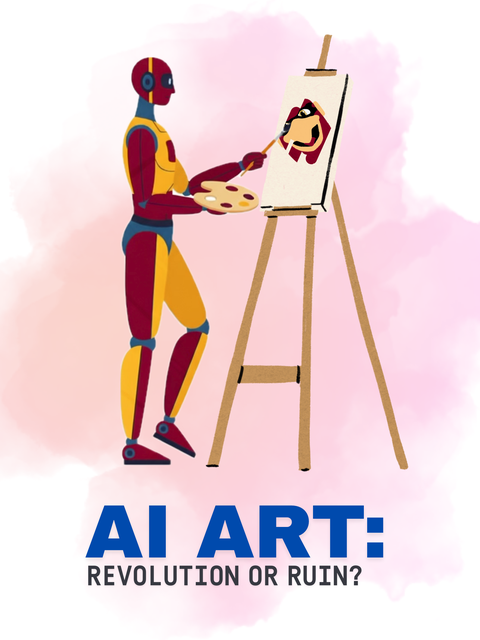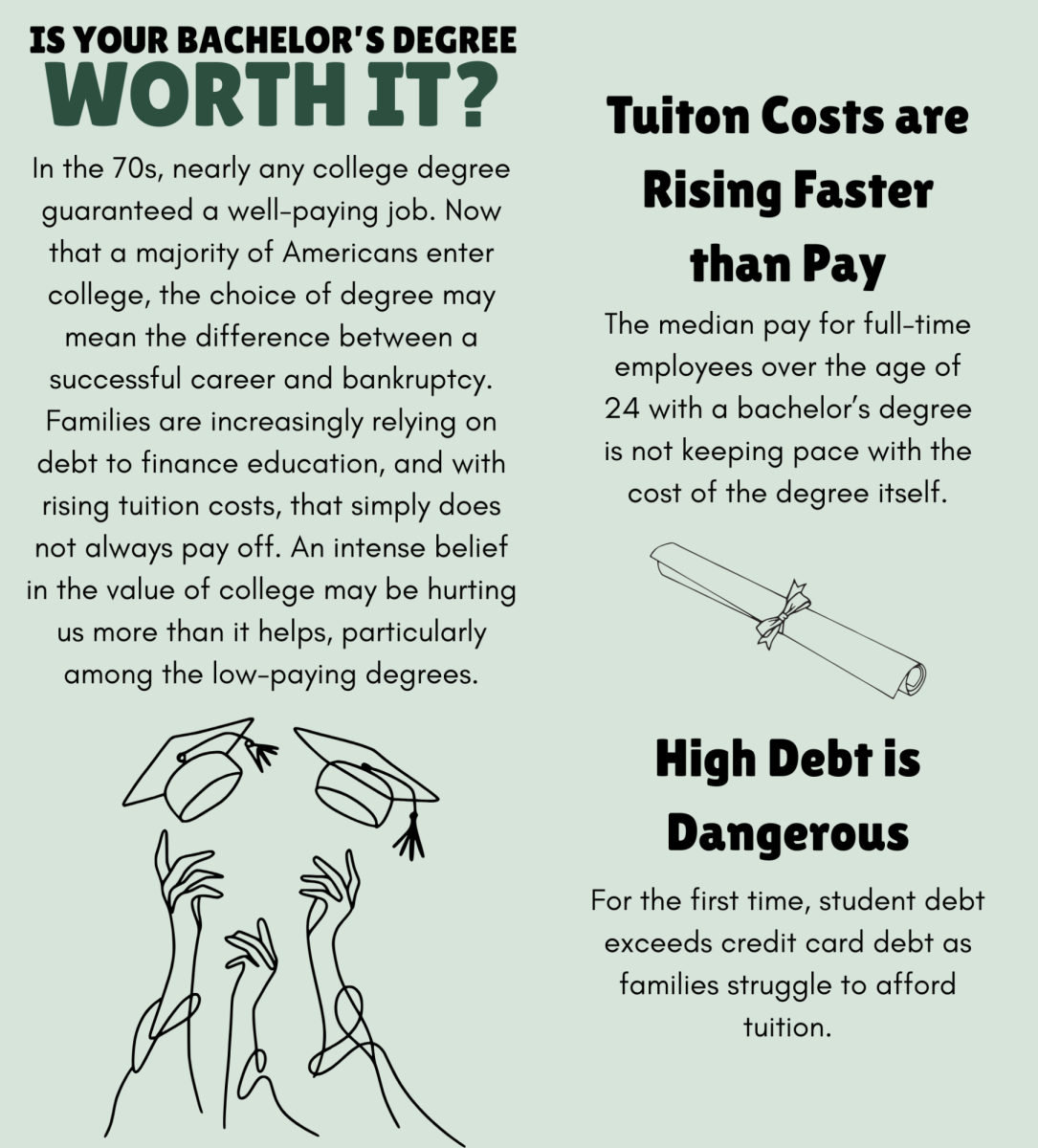“Dress for more sex.” “Scrawny to brawny.” “Get fit or die trying.”
What do these three phrases have in common? They are all from the covers of men’s magazines. Google Image search “men’s magazines,” and see what you find. I’ll make it easy for you: page after page of similar titles.
In a world dominated by the objectification of women and the refreshingly recent push to challenge these cultural norms, the influences the average man feels seems to have been forgotten.
Do men experience objectification in the broad sense that women do? No. Not even close.
Women have lived for centuries under the male gaze, their worth often evaluated based on their bodies. But are men beginning to feel a related pressure regarding their physical appearance connected with self-worth?
Consider these interesting facts from textbook “Gender In Communication: A Critical Introduction.”
Among men, there is an increased sale in cosmetics and hair transplants. A greater stigma is placed on being “fat,” and men report a 43 percent increase in body dissatisfaction in the last several years.
The push for muscular bodies is exemplified in the G.I. Joe action figure. In 1964, the doll had 12’’ biceps and a 44’’ chest. In 1992? G.I. Joe boasts 27’’ biceps and a 55’’ chest. Arnold Schwarzenegger had a bicep measurement of 22’’ at top form.
Careful, Joe – you’re in top-heavy danger of falling over.
Muscle dysmorphia – an obsession with muscularity and seeing one’s self as small when muscle is present – is a psychological disorder that can cause excessive exercise, extreme diets and anabolic steroid use. Why is this happening?
It’s happening because mainstream media such as magazines, advertisements and movies portray the “ideal” man through a narrow lens: They are tall, strong and impeccably groomed.
Never mind the countless men who are not tall, are naturally lanky or who don’t possess a chiseled “Photoshop” six-pack. The message sent to men? Be tall. Be strong. Be attractive based on our standards.
Men are also affected in fashion. Tyra Banks, of America’s Next Top Model, challenges standard fashion industry norms. In a recent episode, she spoke to one of the male models regarding his shot.
“The reason why I wanted to include guys in America’s Next Top Model is: you guys don’t get paid as much, you’re accessories; this photo is what I am fighting against, the male model as the accessory. Are you just that male model that gets paid 10 percent of what that female model makes?” Banks asked.
After hearing this, I found the following: The highest paid female model, Gisele Bundchen, earned $47 million in 2014. Sean O’Pry, the highest paid male model, earned $1.5 million the same year.
We see men’s bodies put on spotlight, from magazine articles to movies to high fashion. This is objectification….or is it?
A couple years ago, the Women’s Media Center, a nonprofit organization, tracked female standings in the media industry. They provided percentages of women holding careers in the field. I’ll provide the reverse percentages for some, but not all, of the positions held by men in broadcast, cable and Netflix television shows as of 2012-2013.
Men make up 76 percent of executive producers, 70 percent of writers, 89 percent of directors, 87 percent of editors and 98 percent of directors in photography.
Interesting thought, huh? So even if men are being objectified, the numbers show men still control the gaze and these (male) media professionals are the ones in power, encouraging the shallow emphasis on the outward – not only for women, but also for men. This correlates to men and masculinities scholar David Buchbinder’s argument that “the difference in men’s self-objectification is that it is not for women’s pleasure as much as it is to compete with other men.”
My argument then is that yes, there is some emerging objectification of men. But the male leaders in media are still the one’s making the majority calls and it is their ideologies and agendas pushing not only female but now also male objectification.
Ideally, we would live in a world where every body shape, size and gender was appreciated as the beautiful tapestry humanity is composed of. But we don’t.
And while I do not want anyone – male or female – feeling less-than based on their physical appearance, I wonder if this taste of objectification and pressure will spur a wider male audience into action, realizing even more the impossible standards placed on women and take action beside the women fighting for the illumination of and the end to objectification.
Religion can be spoken about freely, yet we tread softly when publically mentioning it.
But, the hardest idea to grasp is that having the right to spread religious awareness is certainly not the same as pushing beliefs on others.
While people reserve the right to practice religious freedom and to speak without restraint about any faith they choose, forcing others to listen isn’t freedom of speech; it’s harassment.
There are over 127 major religions and seven billion people on earth with seven billion different views of God. Some love Him, some fear Him, some question His existence and some are still searching for Him.
Some will decide that God plays no role in the trials and tribulations of life, while others will find faith the moment they see their newborn child take the first breath of being.
Whether we discover where we spiritually belong in a pew on Sunday morning or on a lonely drive with no destination, the journey to finding or forgetting God is what determines our views. We can’t be told what and who to believe in, or to even believe in anything at all.
What we learn, who we meet and the challenges we face are what we remember when we stand before Him, not the church members that knock on our front doors, or the people that stand in the quad condemning us all to hell.
And if the church goer at your front door changes your perspective, let them. Be baptized in one church, change your mind, and be baptized in another. Let what you learned in biology class make you question evolution and the powers above.
Learning from life experiences and questioning God’s ways isn’t sin; it’s human. It’s human to change emotionally, mentally, and spiritually when physical surroundings change. It’s human to simply be curious and indecisive.
Faith only exists because there are people that believe strongly enough in it to make it a reality and a way of life. Without doubters and differences, the strength of religion would never have anything to be measured against.
Because of that, religion without true belief is weak.
Never practice out of habit, don’t follow just because your parents or friends do, and don’t ever think one religion is superior to another. In a time that seems to have the explanation for everything in a test tube or on a database, people believing in any God at all is a miracle in itself.




